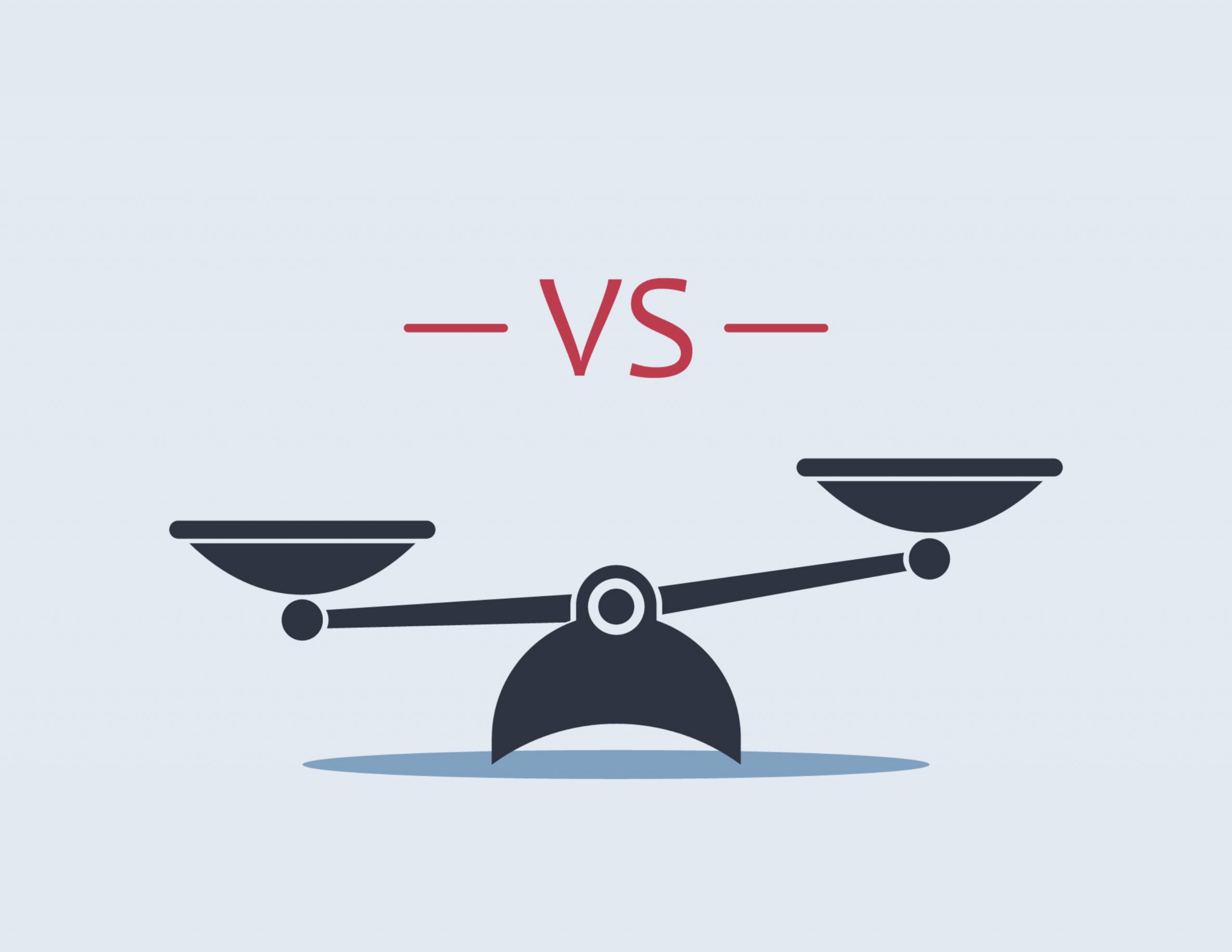
CVS Health Corporation (CVS) and Walgreens Boots Alliance, Inc. (WBA) are among the biggest pharmacy retail chains in the United States and are prominent players in the healthcare sector. I evaluated the two stocks to determine which is better for an investor. I believe CVS is the better buy for the reasons explained throughout this article.
The U.S. retail pharmacy industry has changed significantly over the past years, with retail chains moving to more omnichannel options, boosting their revenue. The U.S. pharmacy market is projected to grow at a CAGR of 6.3% to $861.67 billion by 2028.
Moreover, the global e-pharmacy market is expected to grow due to the increasing trend of e-commerce worldwide, consumer awareness of purchasing pharmaceuticals online, and the availability of drugs that are not easily found in traditional pharmacies. The global e-pharmacy industry is expected to grow at a 14.2% CAGR until 2028.
In addition, the recent shift towards personalized medicine, where drugs are tailored to an individual’s specific genetic makeup or disease characteristics, has the potential to improve treatment outcomes and reduce healthcare costs.
The global market for personalized medicines is projected to reach a revised size of $740.3 billion by 2030, growing at a CAGR of 4.8%. Both CVS and WBA are expected to benefit from the industry tailwinds.
CVS and WVA have fallen 22.2% and 21.9% over the past nine months. However, WBA has gained 1.6% over the past six months, while CVS has declined 24.3%. CVS closed its last trading session at $73.57, and WBA closed at $32.94.
Here are the reasons why we think CVS could perform better in the near term:
Latest Developments
On March 27, 2023, CVS announced that it expects to complete its acquisition of Signify Health (SGFY) on or around March 29, 2023, subject to the satisfaction or waiver of the remaining customary closing conditions set forth in the merger agreement.
The companies had entered into a definitive agreement in September 2022, under which CVS would acquire SGFY for $30.50 per share in cash for a total transaction value of approximately $8 billion. Upon completion of the acquisition, SGFY would continue to operate as a payor-agnostic business as part of CVS Health.
Moreover, on February 8, 2023, CVS announced that it had entered into a definitive agreement to acquire Oak Street Health for approximately $10.60 billion.
CVS Health President and CEO Karen S. Lynch said, “Combining Oak Street Health’s platform with CVS Health’s unmatched reach will create the premier value-based primary care solution. Enhancing our value-based offerings is core to our strategy as we continue to redefine how people access and experience care that is more affordable, convenient, and connected.”
Coming to the other stock, on March 2, WBA announced free same-day Rx delivery of medications for the prevention and treatment of HIV in partnership with DoorDash Inc (DASH) and Uber Technologies, Inc (UBER). This service is available to eligible patients within 15 miles of thousands of participating Walgreens retail pharmacies nationwide. This should help WBA expand its customer base.
Recent Financial Results
During the fourth quarter that ended December 31, 2022, CVS’ total revenue increased 9.5% year-over-year to $83.85 billion. The company’s operating income rose 62.3% over the prior-year quarter to $3.62 billion.
Net income attributable to CVS increased 76.3% year-over-year to $2.30 billion. In addition, its adjusted EPS came in at $1.99, increasing marginally year-over-year.
On the other hand, WBA’s sales declined 1.5% year-over-year to $33.38 billion for the fiscal first quarter that ended November 30, 2022. Its gross profit decreased by 8.2% year-over-year to $6.95 billion. The company’s operating loss came in at $6.15 billion compared to an operating income of $1.28 billion in the prior-year quarter.
Moreover, the net loss attributable to WBA was $3.72 billion, compared to net earnings of $3.58 billion in the same quarter of the prior year.
Past and Expected Financial Performance
CVS’ revenue has increased at a CAGR of 7.9% over the past three years. Its revenue is expected to increase 3.1% year-over-year to $332.51 billion in the fiscal year 2023. Its EPS is expected to increase 1.8% year-over-year to $8.84 in the current year. It surpassed EPS estimates in each of the four trailing quarters.
On the other hand, WBA’s revenue has declined marginally over the past three years. While revenue is expected to grow 2.1% year-over-year to $135.42 billion in the fiscal year 2023, its EPS is expected to decline 10.6% year-over-year to $4.50 in the current year. WBA has also surpassed EPS estimates in each of the trailing four quarters.
Profitability
CVS’ 6.11% EBITDA margin is higher than WBA’s 2.83%. CVS’ net income margin is higher than WBA’s negative 2.24%. In addition, CVS’ ROCE and ROTA of 5.68% and 1.82% are higher than WBA’s negative 12.66% and 3.19, respectively.
However, WBA’s gross profit margin of 20.91% is higher than CVS’ 16.62%.
Valuation
In terms of forward EV/EBITDA, CVS’ multiple of 7.37 is lower than WBA’s 10.71. CVS’ forward EV/EBIT of 8.58x is lower than WBA’S 13.50x. Also, in terms of trailing-12-month Price/Cash flow, WBA’s 7.87x is higher than CVS’ 7.33x.
Therefore, CVS is the affordable stock here.
POWR Ratings
While CVS has an overall B rating, equating to a Buy our proprietary POWR Ratings system, WBA has an overall C rating, which translates to Neutral. The POWR Ratings are calculated by considering 118 different factors, with each factor weighted to an optimal degree.
CVS has a grade A in Value. In terms of forward non-GAAP P/E, CVS is currently trading at 8.32x, which is 57% lower than the 19.33x industry average. Its trailing-12-month EV/EBITDA multiple of 7.62 is 48.3% lower than the industry average of 14.74
On the other hand, WBA has a C grade in Value. WBA’s forward non-GAAP P/E of 7.31x is 60.8% lower than the industry average of 18.65x. Its trailing-12-month EV/EBITDA multiple of 17.32 is 28.2% higher than the industry average of 13.51.
CVS also has a B grade for Sentiment, consistent with optimistic analysts’ expectations. WBA’s C grade for Sentiment is in sync with mixed growth expectations.
Among the four stocks in the B-rated Medical – Drug Stores industry, CVS is ranked first, while WBA is ranked #3.
Beyond what we’ve stated above, our POWR Ratings system has also rated both CVS and WBA for Growth, Momentum, Stability, and Quality.
Get all CVS ratings here. Also, click here to see the additional POWR Ratings for WBA.
The Winner
The perennial demand for medicines should help both companies expand and thrive.
However, as we have discussed above, CVS’s recent acquisitions, higher earnings growth potential, and lower valuation make it a better buy than WBA.
Our research shows that the odds of success increase if one invests in stocks with an Overall POWR Rating of Buy or Strong Buy. Click here to access the top-rated stocks in the Medical – Drug Stores industry.
Consider This Before Placing Your Next Trade…
We are still in the midst of a bear market.
Yes, some special stocks may go up like the ones discussed in this article. But most will tumble as the bear market claws ever lower this year.
That is why you need to discover the “REVISED: 2023 Stock Market Outlook” that was just created by 40 year investment veteran Steve Reitmeister. There he explains:
- 5 Warnings Signs the Bear Returns Starting Now!
- Banking Crisis Concerns Another Nail in the Coffin
- How Low Will Stocks Go?
- 7 Timely Trades to Profit on the Way Down
- Plan to Bottom Fish For Next Bull Market
- 2 Trades with 100%+ Upside Potential as New Bull Emerges
- And Much More!
You owe it to yourself to watch this timely presentation before placing your next trade.
REVISED: 2023 Stock Market Outlook >
CVS shares were trading at $74.15 per share on Tuesday morning, up $0.58 (+0.79%). Year-to-date, CVS has declined -19.88%, versus a 4.00% rise in the benchmark S&P 500 index during the same period.
About the Author: Kritika Sarmah

Her interest in risky instruments and passion for writing made Kritika an analyst and financial journalist. She earned her bachelor's degree in commerce and is currently pursuing the CFA program. With her fundamental approach, she aims to help investors identify untapped investment opportunities.
CVS vs. Walgreens: Which Is the Better Stock to Own? StockNews.com






